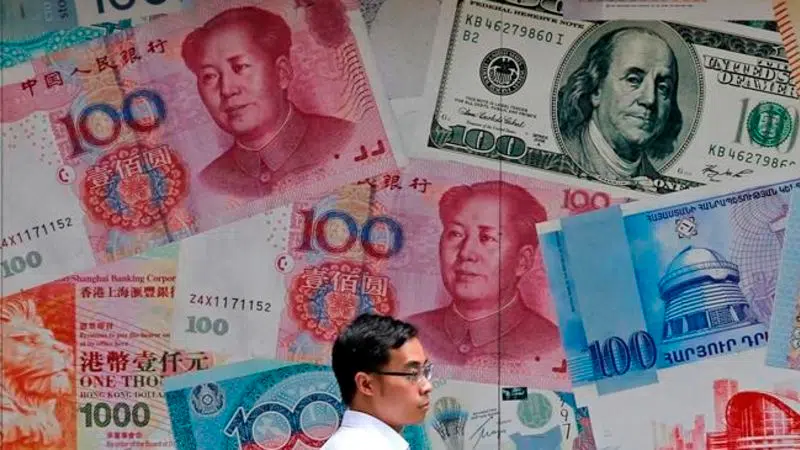
China’s yuan falls below sensitive level of 7 to US dollar
BEIJING — China’s central bank allowed its yuan to fall below the politically sensitive level of seven to the U.S. dollar on Monday, possibly adding to trade tension with Washington.
The currency weakened to 7.0240 by late morning following President Donald Trump’s threat last week of tariff hikes on additional Chinese imports in a fight over Beijing’s trade surplus and technology policies.
Yuan weakness is among a series of U.S. complaints that are fueling tension with Washington. American officials complain a weak currency makes China’s exports too inexpensive, hurting foreign competitors and swelling Beijing’s trade surplus.
China’s central bank sets the yuan’s exchange rate each morning and allows it to fluctuate by 2 per cent against the dollar during the day. The central bank can buy or sell currency — or order commercial banks to do so — to dampen price movements.


